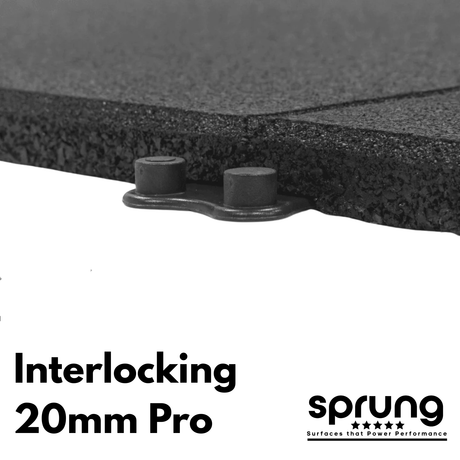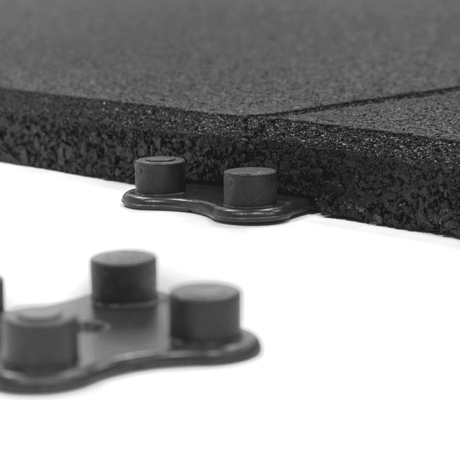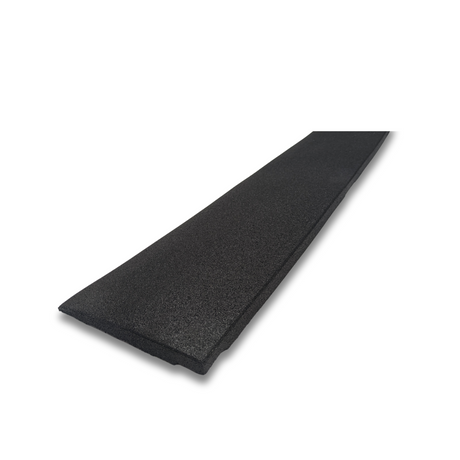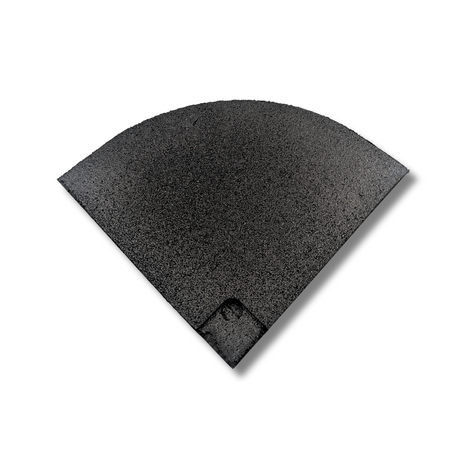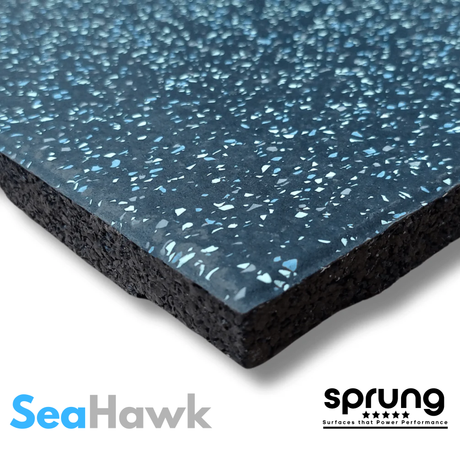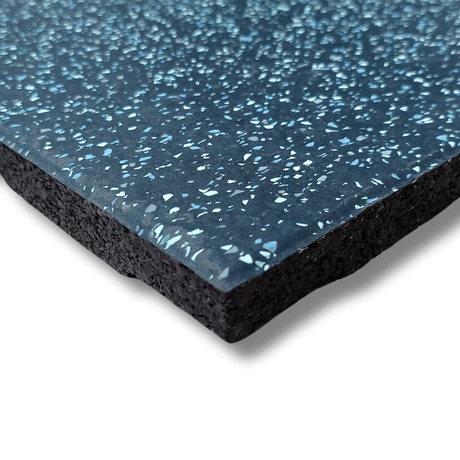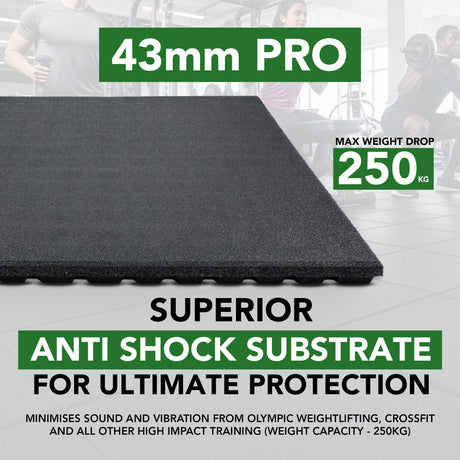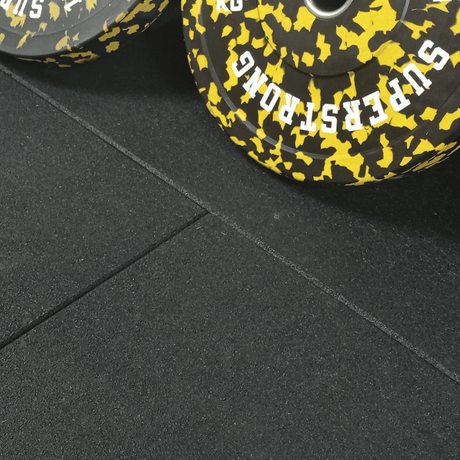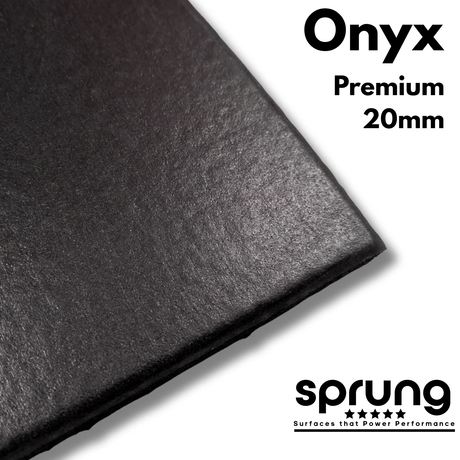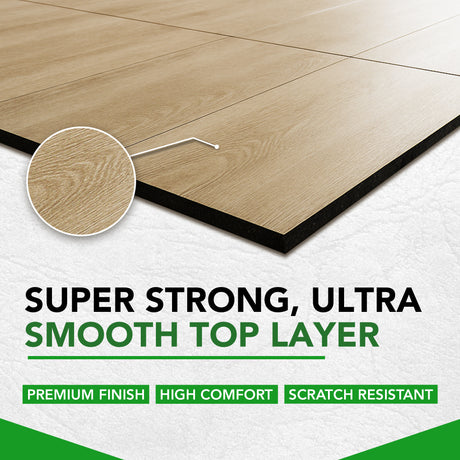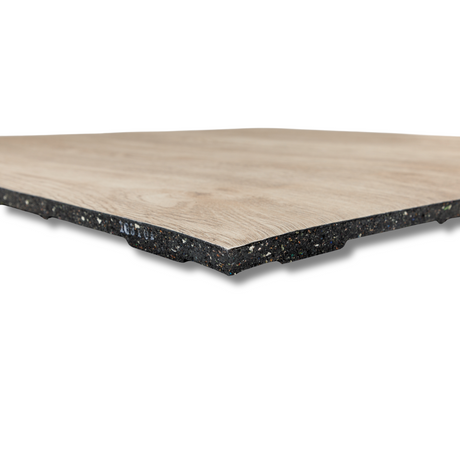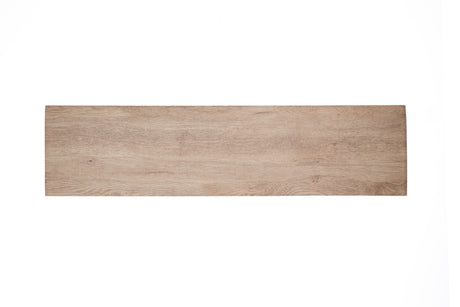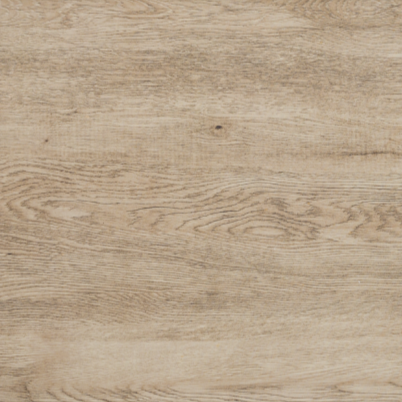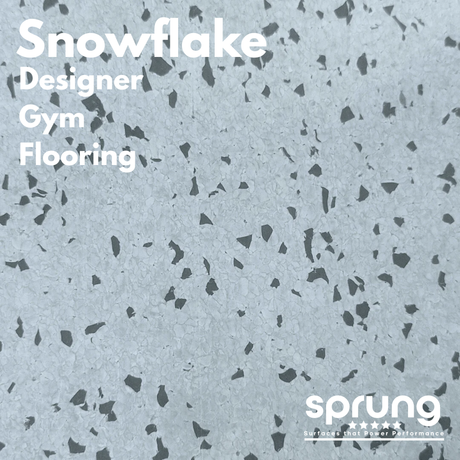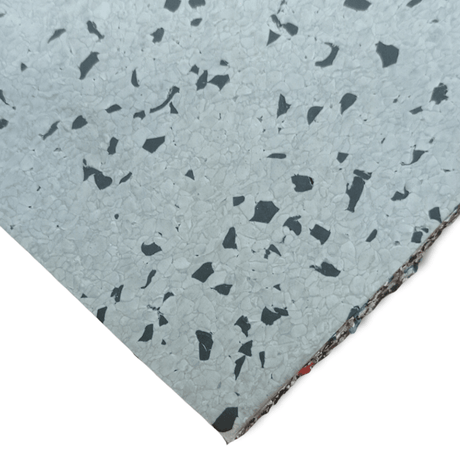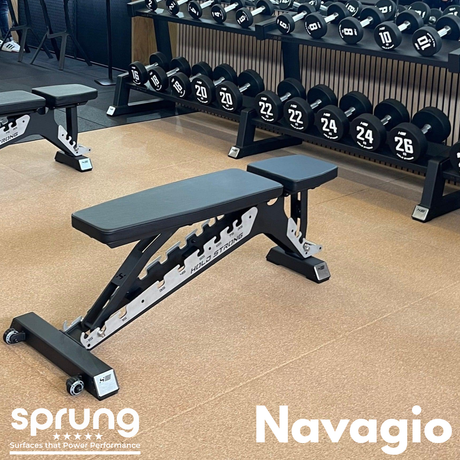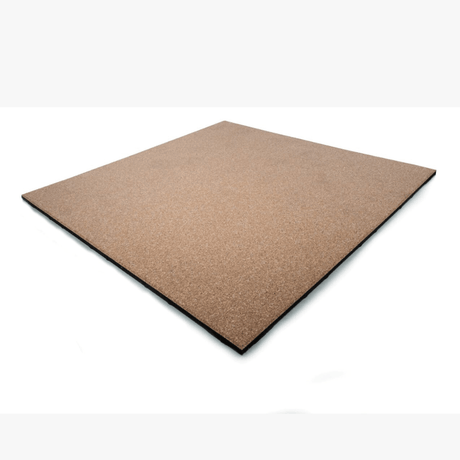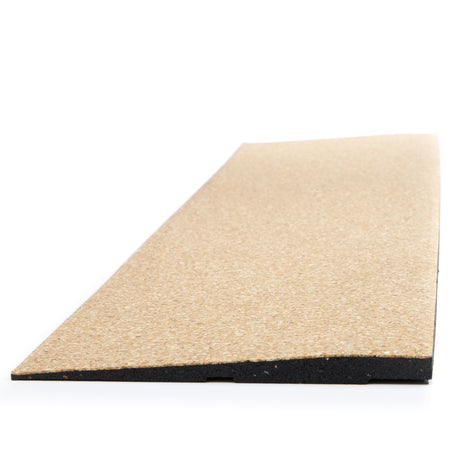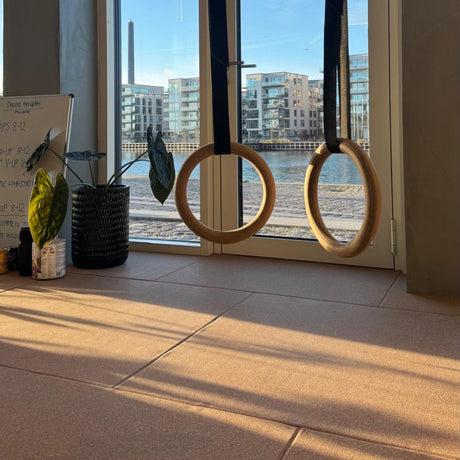To prevent this, you can use matting for stables. Matting will help keep your horse's hooves clean and dry while they're in their stall and provide a comfortable surface for them to stand on.
If you're using a matting for stables, clean it regularly and inspect it for any sign of wear or tear. It would help if you replaced the matting every few years to ensure it stays in good condition.
What Is Matting and Why Is It Essential for Stables and Horses’ Hooves
Matting is a crucial element in stables and horse care. There are several types of matting available, each with its benefits. Rubber mats are a popular type of matting due to their durability and flexibility. The come in many design options such as ridged, mesh, grid or flat surfaced.
Rubber Stable mats are also easy to clean and maintain. Rubber matting is also non-slip, making it a safe option for horses.
Solid rubber stable mats are another type of matting that is gaining popularity due to their many benefits. Solid mats are made from a solid piece of rubber, providing a durable and stable surface that is water-resistant and easy to maintain.
How Can I Tell if My Matting Needs to Be Replaced?
Inspecting your matting regularly for any sign of wear or tear would be best. If you notice any damage, you should replace the matting to ensure that it doesn't cause a trip hazard or injure your horse. This can be anything from holes, rips and loose edges which can pose a potential hazard while your horse and other people move around.
Similarly, check the slip resistance of your mat and see if the surface is performing well by preventing slips and falls. The surface should be non-slip with plenty of grip and traction. Often, worn out matting can become slippy or tacky as the slip-resistance has begun to fail.
Many Stable Mats have an open mesh design which can sometimes cause more of a hazard than preventing trips and falls. A flat surface with a slip resistant top layer is best for active and busy stable operations.
How Often Should I Clean My Matting?
It would help if you cleaned your matting regularly to prevent the build-up of dirt and debris. You can use a brush or hose to clean the matting and disinfect it regularly.
Regular cleaning of stable matting can help to keep your horse feeling refreshed. However, when dirt and debris build up on the matting, it can cause your horse to become uncomfortable and prone to picking up infection. Washing the surface regularly will break down mud and waste while keeping your horse happy and healthy.
Types of Matting Available on The Market
There are tons of matting available on the market. To protect feet from the cold concrete, you can install matting in your stables. Some are long-lasting, and cleaning is a breeze.
Heavy-Duty Rubber Mats
Horse mats made from heavy-duty rubber are a popular option for high-traffic stable areas, as they are durable and easy to clean.
Most importantly, they are slip-resistant which means they provide an ultra safe surface for moving around even after cleaning.

Another plus point with using rubber mats is that they offer great insulation for your stable, keeping out draughts and ensuring your horse is warm and comfortable in colder seasons.
Rubber is also water resistant meaning that moisture will not penetrate into the surface and cause damage. Many rubber stable mats also have built in drainage channels on the underside which wash away excess water while providing extra stability.

PVC Mats
PVC mats are also a popular type of matting for stables. PVC mats are made from a durable, flexible material that is easy to clean and maintain. They come in a variety of surface options such as grid top and open mesh for slip resistance and grip while being easy to clean as water passes easily through. Some of these mats may not offer as much comfort or protection as HD rubber mats may do and they may need replaced more often than alternative options.

What Are The Benefits of Using Matting in Horse Care?
There are many benefits to using matting in horse care:
Matting can help protect horses' hooves from wear and tear and provide a comfortable surface for them to stand on. In addition, matting can help to keep stables clean and free from debris.
Horses are prone to hoof injury. Although they show no signs of physical pain, it is painful and uncomfortable for them to step on.
A single hoof injury can cause a horse to become lame and lead to infection. Horse mats can help to protect horses' hooves from injury by providing a soft surface for them to stand on.
Debris in stables can cause horses to trip and fall, resulting in serious injuries. Horse mats can also help to provide traction, preventing horses from slipping and falling.
Another huge benefit of using horse matting is that it is cost-effective. If well-chosen and well maintained, horse mats can last for years as opposed to constantly having to replace or replenish like other horse bedding options.
How to Choose The Right Type of Rubber Mats for Your Stable and Horses
When it comes to choosing the right type of matting for your horse stables, there are a few things you need to take into account.-
Slip Resistance - look for a surface that is non-slip and will remain slip resistant when wet
-
Comfort - consider how comfortable underfoot it will be for your horse. Think about surfaces that are firm but cushioning
-
Low Maintenance - stables are busy places so think about matting that is easy to regularly clean and does not require constant upkeep
-
Durability - take into account the material of your matting, the quality and how well it reacts to water and moisture. If you source matting that resists water and can accommodate heavy loads without damage it will last longer than mats that are less dense and can become ineffective after exposure to moisture

Maintenance Tips To Keep Your Matting Looking New And Keeping Your Horses' Hooves Healthy
Rubber mats and stable rubber mats are great for keeping your horse's hooves healthy. They are solid, non-slip, and easy to clean, making them perfect for exercise areas and stables.
Follow these simple tips, and your stable rubber mats will last for years.
-
First, sweep the matting regularly. This will remove any dirt, grit, or other debris that could cause the matting to break down over time.
-
Clean the matting with a hose or pressure washer. This will remove any built-up dirt and grime, and it will also help to prevent the growth of mould or mildew.
-
Third, inspect the matting regularly for signs of wear and tear. If you notice any tears or holes, replace the damaged sections immediately.
The Takeaway
Proper matting is essential for stables and horses' hooves. Not only does it keep the stable clean and dry, but it can also help protect your horses from injury. Various types of matting are available on the market, so choosing the right one for your specific needs is essential.You may also be interested in reading:
Equestrian Rubber Flooring: How to Choose the Right Matting for your Stable







